Home>Garden Essentials>When To Plant Tree Seeds
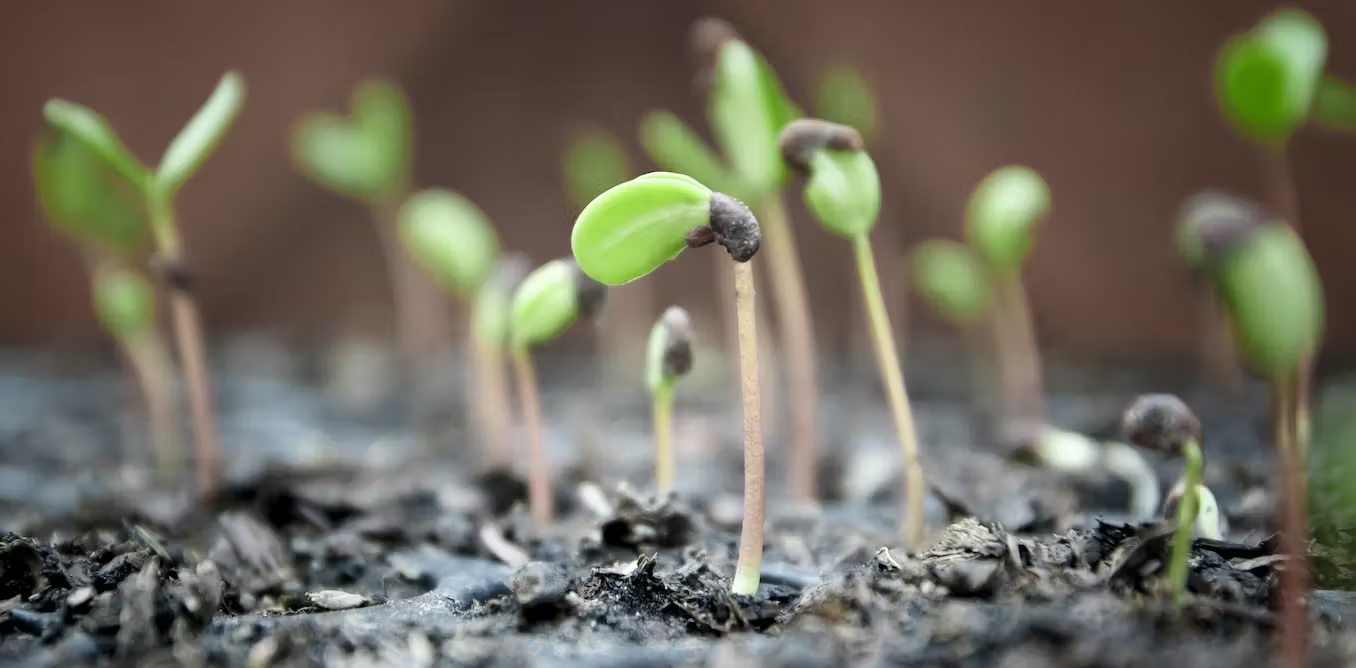

Garden Essentials
When To Plant Tree Seeds
Modified: August 17, 2024
Discover the perfect time to plant tree seeds in your garden and ensure successful growth. Find expert tips and advice on when to start your gardening journey.
(Many of the links in this article redirect to a specific reviewed product. Your purchase of these products through affiliate links helps to generate commission for Storables.com, at no extra cost. Learn more)
Introduction
Gardening is a rewarding and fulfilling hobby that allows us to connect with nature and cultivate beautiful outdoor spaces. One of the most gratifying aspects of gardening is growing plants from seeds, especially when it comes to trees. Planting tree seeds is not only a cost-effective way to expand your garden, but it also allows you to be a part of the tree’s life cycle from its very beginning.
However, successfully growing tree seeds requires a bit of knowledge and planning. Before you start planting, it’s essential to understand the factors that can influence the growth and survival of tree seedlings. From the right time of year to plant to the proper care and maintenance, there are several aspects to consider. In this article, we will explore the best time to plant tree seeds, the preparation process, and the necessary steps to care for tree seedlings.
By following these guidelines, you can increase the chances of success when planting tree seeds and watch as your tiny seedlings grow into magnificent trees that will provide shade, beauty, and a habitat for various creatures.
Key Takeaways:
- Choose the right time and conditions for planting tree seeds to ensure healthy growth and thriving trees in your garden or landscape.
- Provide proper care for tree seedlings by watering, mulching, pruning, and protecting against pests and diseases to help them grow into majestic trees.
Read more: How To Plant Palm Tree Seeds
Factors to Consider Before Planting Tree Seeds
Before you begin planting tree seeds, it’s crucial to consider several factors that can impact the success of your seedlings. By understanding these factors and taking them into account, you can create the optimal growing conditions for your trees. Here are the key factors to consider:
- Climate: Different tree species have different climate preferences. Some trees thrive in colder climates, while others prefer warm and tropical environments. Research the specific requirements of the tree species you intend to grow and ensure that your climate can support their growth.
- Soil Type and Quality: Trees have specific soil preferences when it comes to texture, drainage, and nutrient content. Conduct a soil test to determine the pH level and nutrient composition of your soil. This will help you adjust the soil conditions, if needed, to create an optimal environment for seed germination and growth.
- Sunlight Exposure: Most tree species require ample sunlight to thrive. Assess the amount of sunlight your planting area receives throughout the day. Full-sun, partial-sun, or shade-loving tree species will have different sunlight requirements.
- Space Availability: Consider the size and space requirements of the tree species you plan to grow. Some trees can become large and may require ample space to spread their branches and roots. Ensure that your planting area can accommodate the mature size of the tree.
- Pests and Diseases: Different tree species may be susceptible to certain pests and diseases. Research common issues associated with the tree species you are interested in and take preventative measures to protect your seedlings.
- Water Availability: Assess the water availability in your area and evaluate whether it can meet the watering needs of your tree seedlings. Some tree species require more water than others, so it’s essential to provide adequate irrigation.
- Local Regulations: Check local regulations and guidelines before planting tree seeds. Some areas have restrictions on certain tree species due to invasive tendencies or other environmental concerns.
Considering these factors before planting tree seeds will help you choose the right tree species for your specific conditions and create an environment conducive to healthy growth. By doing so, you can ensure that your tree seedlings have the best chance of thriving and becoming beautiful additions to your garden or landscape.
Best Time of Year to Plant Tree Seeds
The timing of when to plant tree seeds plays a crucial role in the success of your seedlings. Different tree species have different requirements and preferred growing seasons. Here are some guidelines to help you determine the best time of year to plant tree seeds:
1. Seasonal Considerations: In general, most tree seeds are best planted in the spring or fall. Spring planting allows the seeds to take advantage of the warm soil temperatures and longer daylight hours, promoting faster germination and establishment. Fall planting, on the other hand, allows the seeds to experience a period of dormancy during the winter, leading to natural stratification and increased germination rates in the following spring.
2. Regional Climate: Take into account the specific climate in your region. Consider the average temperatures, frost dates, and rainfall patterns. Plant tree seeds when the weather conditions are favorable for growth. Avoid planting during extreme heat or cold spells, as these conditions can stress or damage the seedlings.
3. Tree Species: Different tree species have varying preferred planting times. Some trees, such as maples and oaks, are best planted in the fall to allow for the necessary winter chill. Others, like birch and pine, are better suited for spring planting. Research the specific species you wish to grow to ensure you align with their preferred planting time.
4. Germination Requirements: Consider the germination requirements of the tree seeds you plan to plant. Some tree species require a period of cold stratification, while others may need scarification or soaking before planting. These processes can influence the timing of when to start the germination process, which in turn affects when you should plant the seeds.
5. Local Nursery Recommendations: Consult with local nurseries or horticultural experts in your area for specific advice on the best time to plant tree seeds. They will have local knowledge and experience with the tree species that thrive in your region and can provide valuable insights.
Remember to plan ahead and give yourself ample time to gather the necessary supplies, prepare the planting area, and ensure you have the ideal conditions in place for successful seed germination and growth. By planting tree seeds at the optimal time, you increase the likelihood of healthy, vigorous seedlings that will eventually grow into magnificent trees.
Plant tree seeds in the early spring or late fall when the soil is moist and temperatures are cooler. This will give the seeds the best chance of germinating and establishing strong roots.
Preparing and Planting Tree Seeds
Proper preparation and planting techniques are vital for the successful germination and growth of tree seeds. Here are the steps to follow when preparing and planting tree seeds:
1. Seed Collection: Collect tree seeds from a reliable source, such as a nursery or reputable seed supplier. Ensure that the seeds are fresh, viable, and free from any signs of damage or disease.
2. Seed Treatment: Some tree species may require specific pre-planting treatments to improve germination rates. These treatments may include scarification, stratification, or soaking. Follow the instructions specific to the tree species you are planting to prepare the seeds accordingly.
3. Prepare the Planting Area: Choose a suitable location for planting the tree seeds. Clear the area of any debris, weeds, or grass. Loosen the soil with a garden fork or tiller to improve drainage and create a suitable seedbed.
4. Sow the Seeds: Determine the appropriate spacing and planting depth for the specific tree species. Follow the instructions provided by the nursery or seed supplier. Generally, plant the seeds at a depth of two to three times their size. Space the seeds apart to allow room for growth and prevent overcrowding.
5. Watering: After planting the tree seeds, thoroughly water the area until the soil is evenly moist. Ensure that the soil remains consistently moist but not waterlogged throughout the germination period.
6. Provide Protection: Protect the planted area from birds, rodents, and other animals that may disturb or consume the seeds. Consider using netting or other physical barriers as necessary.
7. Monitor and Maintain: Regularly monitor the planting area for signs of growth. Keep the soil consistently moist, but avoid overwatering, as it can lead to rot or fungal issues. Remove any weeds that may compete with the emerging seedlings for nutrients and water.
8. Transplanting: Once the tree seedlings have grown to a suitable size and developed a strong root system, they can be transplanted to their permanent location in your garden or landscape. Ensure that the new planting site meets the specific needs of the tree species and provides adequate space for their mature size.
Remember to follow the specific guidelines for the tree species you are planting, as requirements may vary. By thoroughly preparing the planting area and following proper planting techniques, you give your tree seeds the best chance to germinate and grow into healthy, thriving seedlings.
Caring for Tree Seedlings
Once your tree seedlings have emerged and started to grow, it’s important to provide proper care to ensure their healthy development. Here are some essential tips for caring for tree seedlings:
1. Watering: Water your tree seedlings regularly, especially during dry periods. Provide enough water to keep the soil consistently moist, but avoid overwatering, as it can lead to root rot and other issues. Water deeply, allowing the water to penetrate the soil and reach the roots effectively.
2. Mulching: Apply a layer of organic mulch around the base of the seedlings to help retain moisture, suppress weed growth, and regulate soil temperature. Keep the mulch a few inches away from the trunk to prevent moisture-related issues and pest damage. Refresh the mulch layer as needed.
3. Pruning: As your tree seedlings grow, they may develop multiple stems or branches. To promote a strong and well-shaped tree, selectively prune any competing or crossing branches. Remove any damaged, diseased, or dead branches. Pruning during the dormant season is generally recommended.
4. Fertilizing: Depending on the nutrient content of your soil and the specific needs of the tree species, you may need to supplement with fertilizer. Use a slow-release or organic fertilizer specifically formulated for trees, following the manufacturer’s instructions. Avoid over-fertilization, as it can lead to excessive growth or nutrient imbalances.
5. Protection against Pests and Diseases: Regularly inspect your tree seedlings for signs of pests and diseases. Common pests include aphids, caterpillars, and beetles, while common diseases include fungal infections and bacterial blights. Promptly address any issues with the appropriate organic or chemical control methods to protect your seedlings.
6. Supportive Stakes: Depending on the growth habits and stability of your tree species, you may need to provide support stakes to prevent wind damage or to promote upright growth. Use soft material, such as tree-friendly straps or ties, to avoid damaging the seedlings’ bark and branches.
7. Regular Monitoring: Continuously monitor your tree seedlings for any abnormalities or changes in their growth. Look for signs of stress, such as yellowing leaves or wilting. Promptly address any issues to prevent further damage and promote healthy growth.
8. Winter Protection: In colder climates, protect your seedlings from harsh winter conditions. Apply a layer of mulch around the base of the trees to insulate the roots and protect them from freezing temperatures. Consider using tree wraps or covers to shield the young trunks from frost or animal damage.
Remember that caring for tree seedlings requires patience and attention. As your seedlings grow, they will gradually become more resilient and self-sufficient. Providing the proper care and attention in the early stages will help establish healthy, strong trees that will thrive for years to come.
Read more: How To Plant Oak Tree Seeds
Conclusion
Planting tree seeds is a gratifying experience that allows you to witness the growth and development of beautiful trees right from the start. By considering factors such as climate, soil quality, sunlight exposure, and water availability, you can create the optimal conditions for successful seed germination. Understanding the best time of year to plant tree seeds, preparing the planting area properly, and providing the necessary care and maintenance are essential for the growth and longevity of your seedlings.
Remember to research the specific requirements of the tree species you are planting and follow the recommended guidelines for seed treatment and preparation. Taking the time to properly plan and prepare will significantly increase the chances of success in growing healthy, vibrant trees that will enhance your garden or landscape.
Caring for tree seedlings involves providing adequate water, using mulch to conserve moisture, pruning as needed, fertilizing appropriately, protecting against pests and diseases, and monitoring the health and growth of the seedlings regularly. By providing the necessary care and attention, you can ensure the optimal conditions for the trees to establish strong root systems and grow into magnificent specimens.
Remember that growing trees from seeds requires patience and dedication. It takes time for the seedlings to mature and become full-grown trees. However, the rewards are immeasurable as you experience the joy of watching your seedlings grow into majestic trees that provide shade, beauty, and habitat for wildlife.
So, go ahead and seize the opportunity to plant tree seeds and contribute to the natural beauty of your surroundings. With the right knowledge, preparation, and care, you can embark on a journey of nurturing and growing trees that will leave a lasting legacy for generations to come.
Frequently Asked Questions about When To Plant Tree Seeds
Was this page helpful?
At Storables.com, we guarantee accurate and reliable information. Our content, validated by Expert Board Contributors, is crafted following stringent Editorial Policies. We're committed to providing you with well-researched, expert-backed insights for all your informational needs.
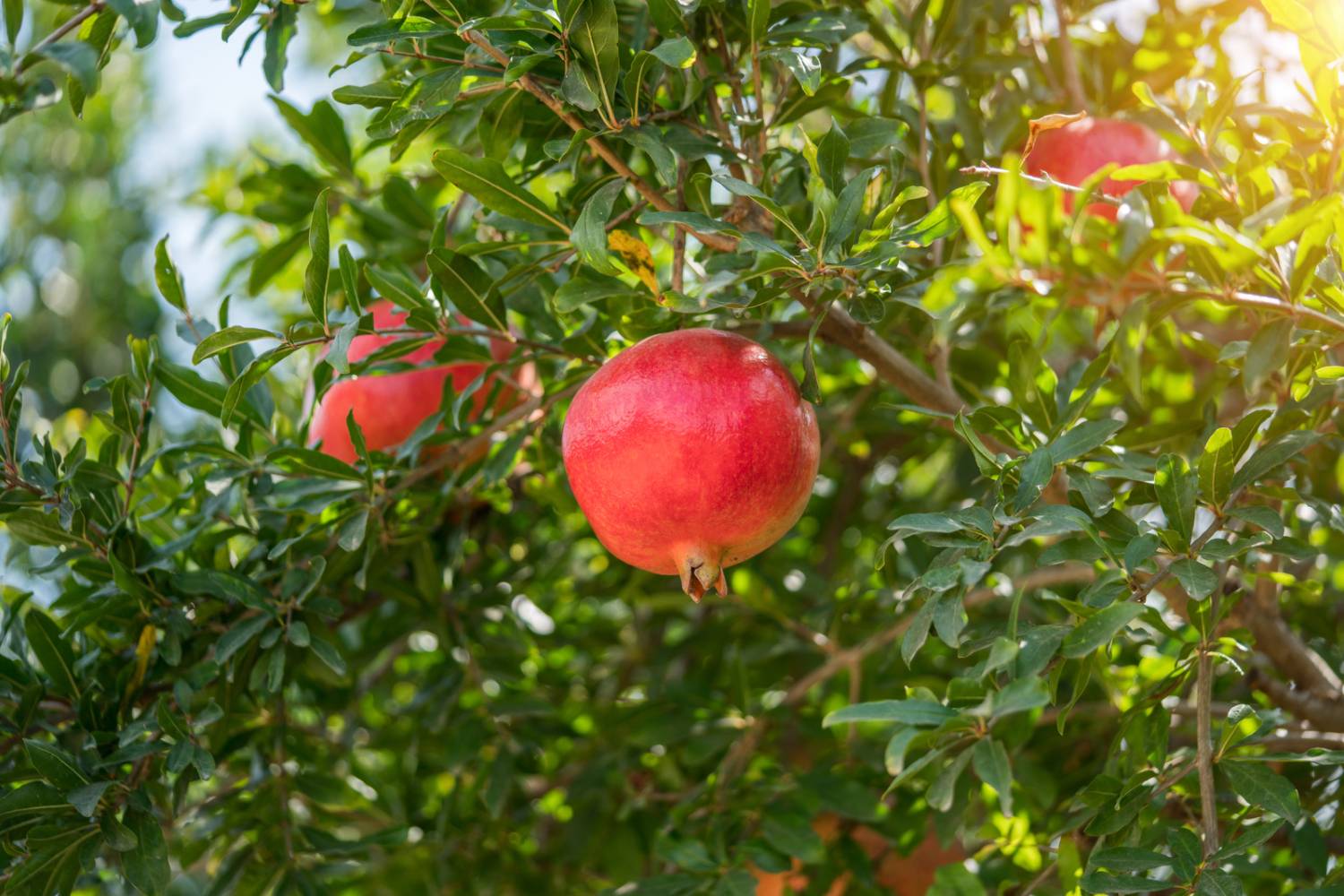
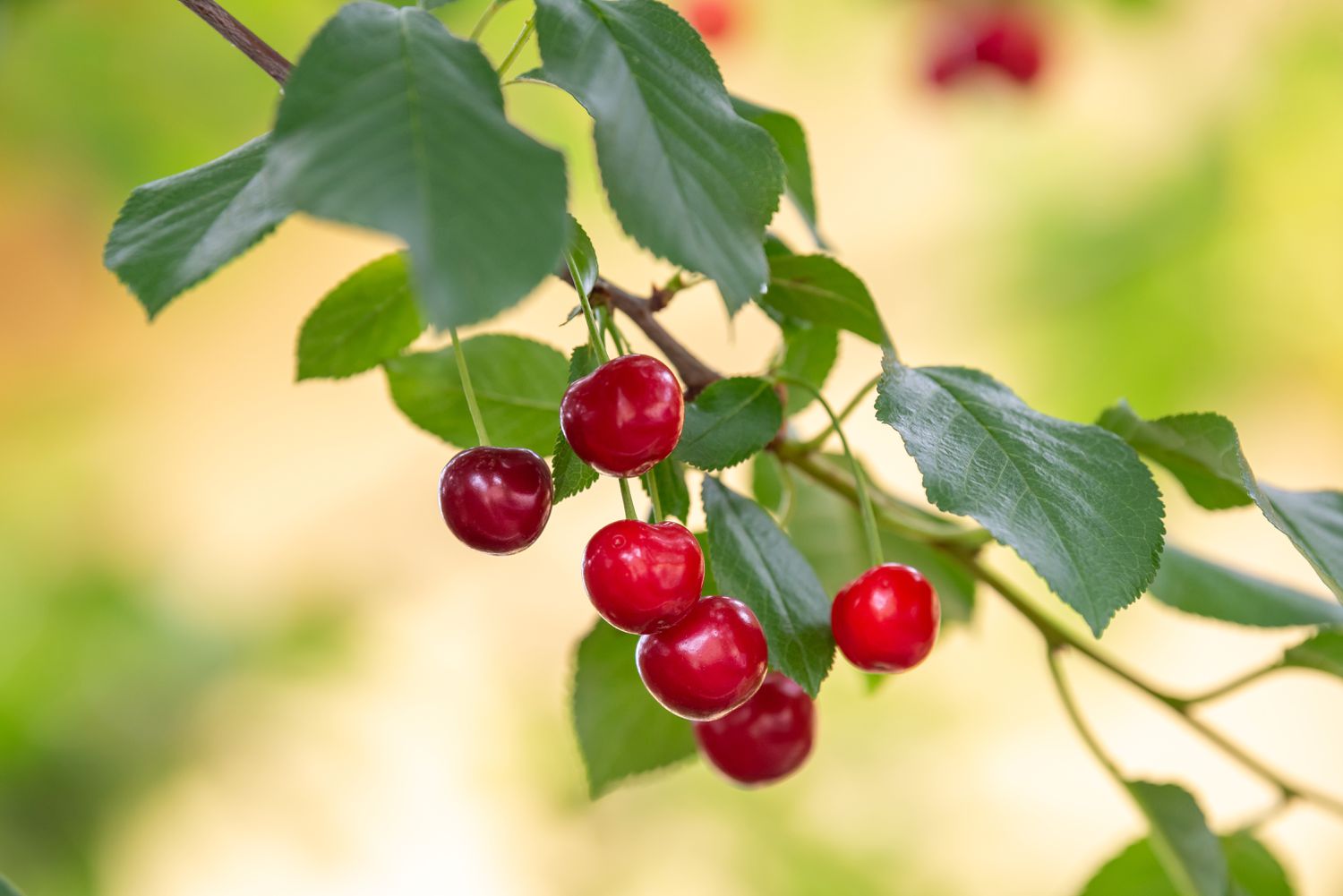

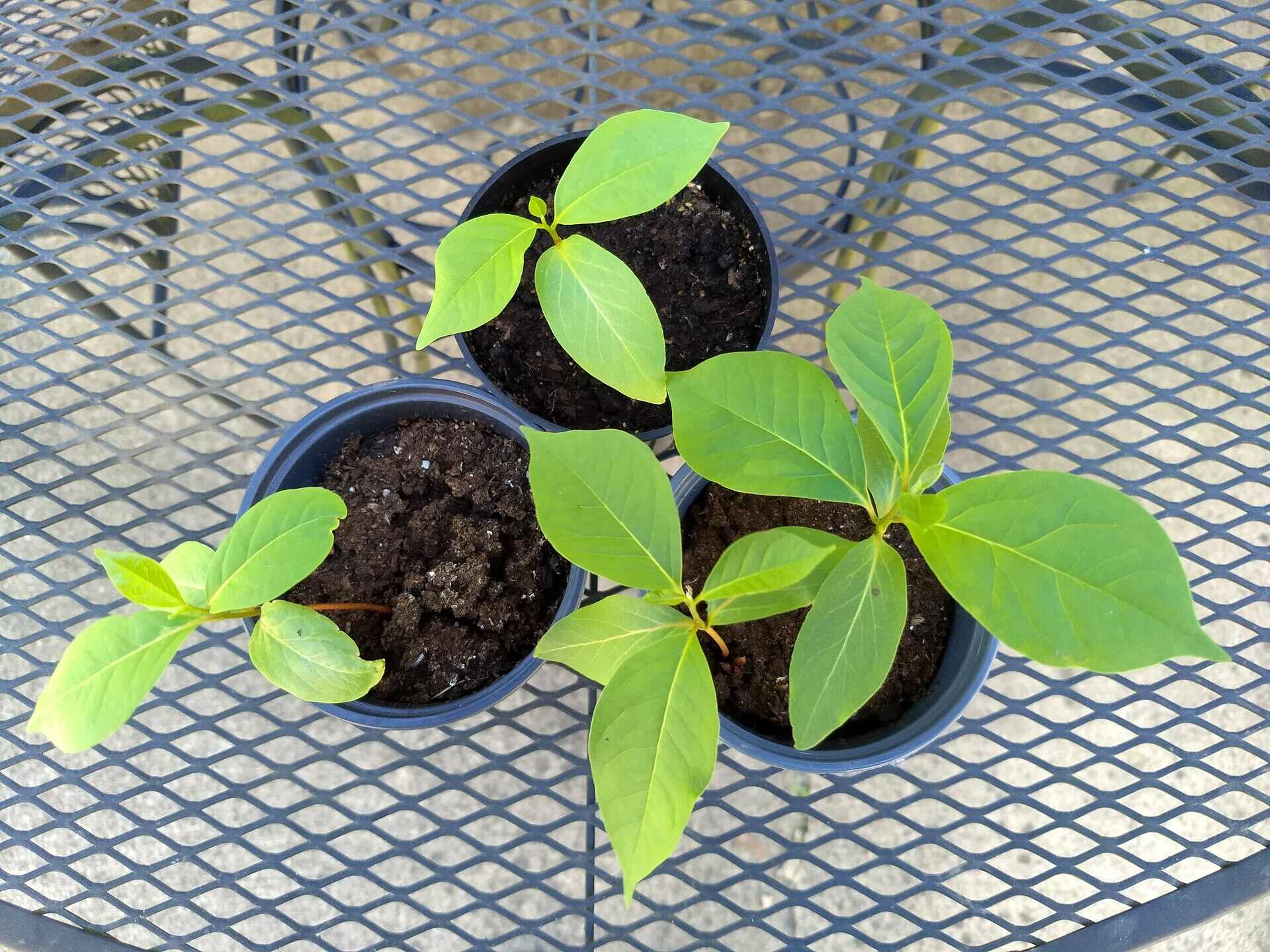
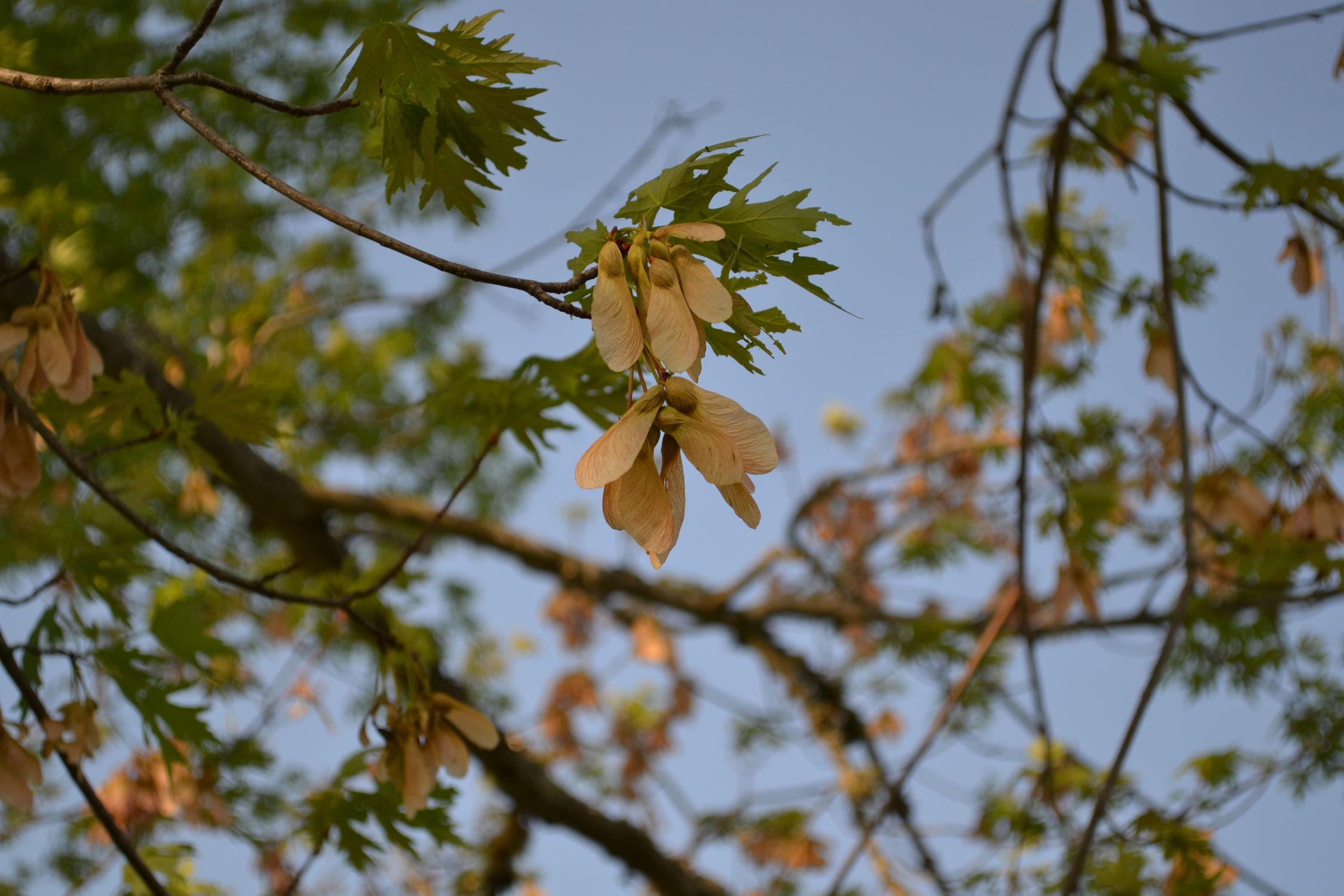










0 thoughts on “When To Plant Tree Seeds”